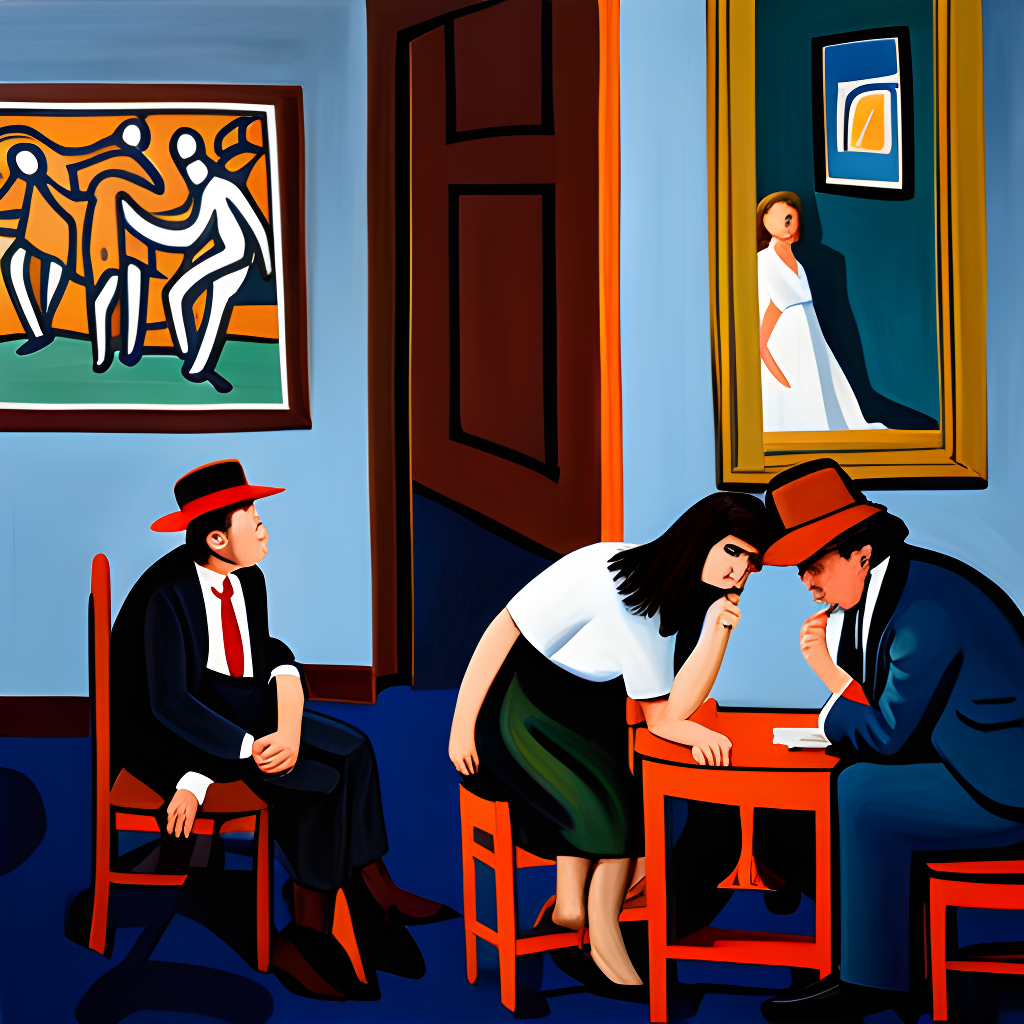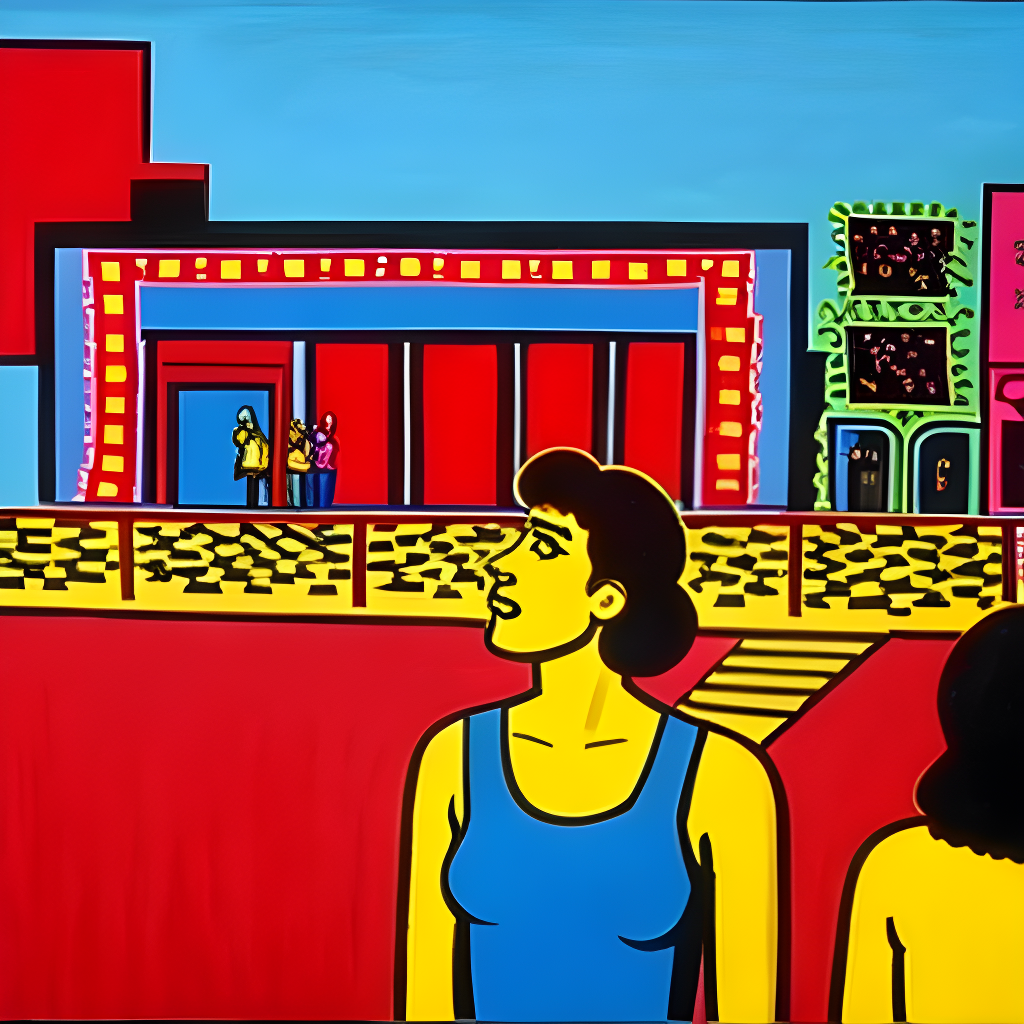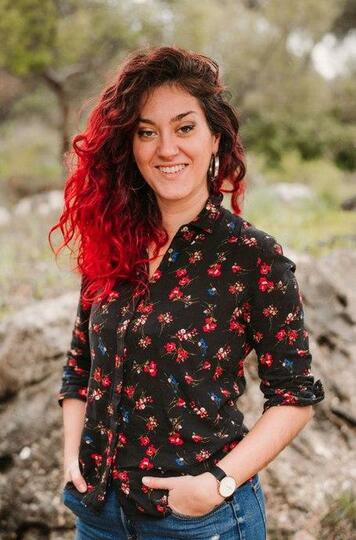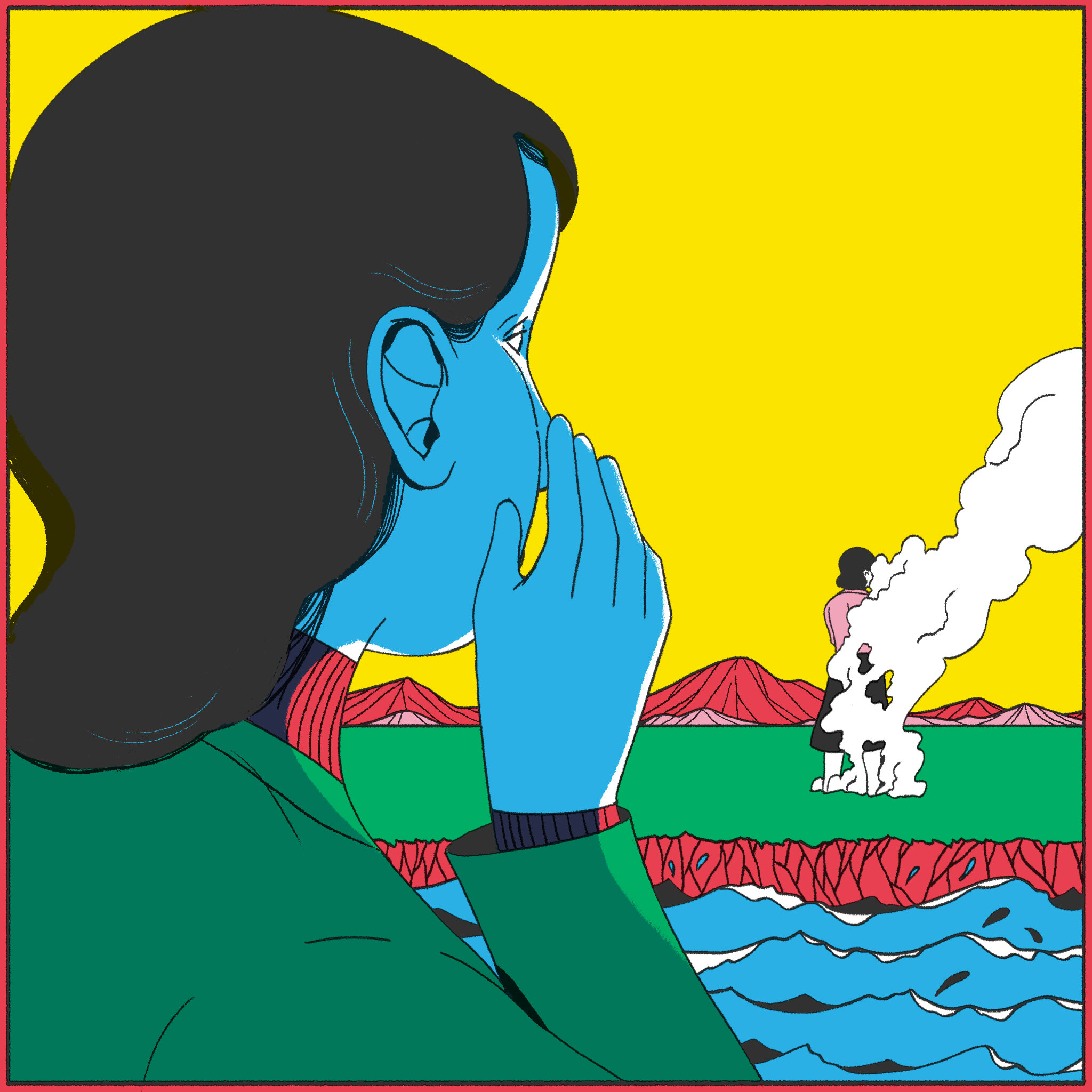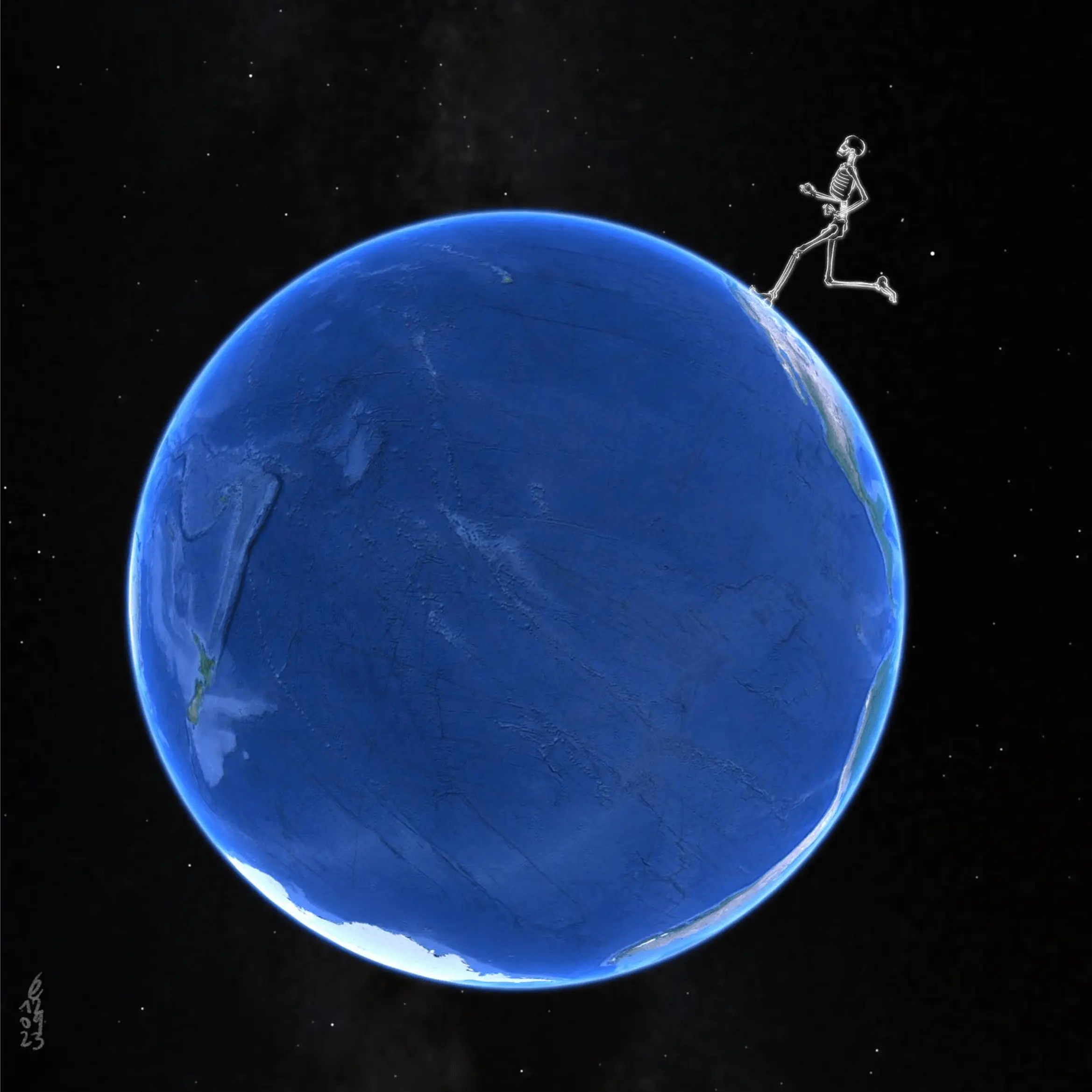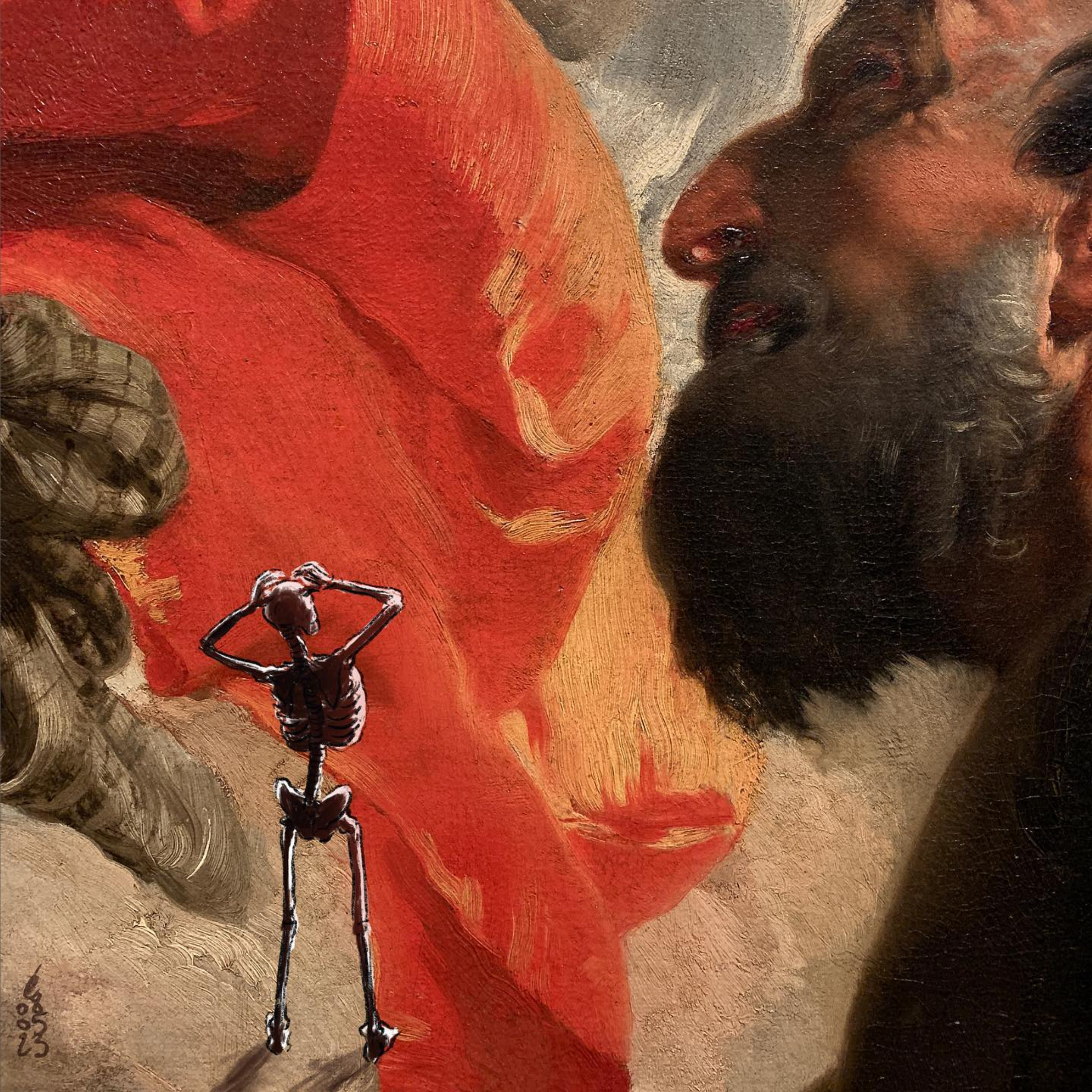
Storytelling has great potential for building bridges between people, creating an emotional bond and establishing common ground from which to foster collaboration between different communities. Stories connect us to social issues that are often beyond us, and by connecting us to other people’s experiences and motivations, they also give us a much more complete view of these issues.
- How can stories help us bring individual experiences into a collective dimension?
- How can they help people understand what others' experiences are like?
- Can they serve to make people question their biases towards others?
In order to address these challenges, we have chosen storytelling as a key element in the design of our methodology for CultureLabs, a project we have been working on for three years. CultureLabs creates resources to develop participatory processes with different communities, taking advantage of the richness of cultural heritage. The project also organized four pilot projects in different regions of Europe, whose co-creation methodology we developed from Platoniq. (You can see a summary of the methodology in the following video, minute 4:27).
In the specific case of the CultureLabs project - a project we embarked on with others to develop a methodology to support the co-creation of participatory activities focused on cultural heritage - storytelling was a powerful tool for challenging biases, especially with respect to migrant communities.
Our goal was to invite the other project partners who participated in our workshop to think about how their own life experiences influence their positions on participation and cultural heritage. Our goal was also to visualize the different pathways of migration, where journeys and stories follow different routes, and then to put those cases in relation to local support services.
Story writer Evelien Vos wrote two stories based on the real life experiences of several migrants collected by COOSS, an organization participating in CultureLabs and working with various migrant communities arriving in Ancona, Italy. Illustrator Gonzalo Sainz Sotomayor enriched the stories with two powerful drawings.
The stories were read aloud to those who participated in the workshop. This was followed by a role-playing exercise in which participants were asked to ask themselves what might lead members of migrant communities to participate and get involved in CultureLabs projects. In this way, participants were encouraged to question their biases in the processes of intercultural dialogue and co-creation.
We invite you to read other stories of other projects.
